Self-Build Set to Double by 2020
Speaking at the Right to Build summit at the House of Commons earlier this week, housing minister Brandon Lewis said that the housing market needs to change – and that expanding the self and custom build sector was a big part of the government’s plans to achieve this.
The Right to Build proposes to give local people – whether individually or as part of group schemes – a right to a viable serviced plot from their local authority so that they can commission their own tailor-made home. It is currently being consulted on by the government, with 11 vanguard councils pioneering the scheme to help identify the cheapest and most efficient way to structure the right.
The proposal is based around the idea of councils operating a ‘custom build register’, which would record local interest in self-build.
Maintaining these registers will be made mandatory by a Self-Build and Custom Housebuilding Bill, which is currently making its way through parliament and is expected to be brought into law before the next election. The bill will also require local authorities to “have regard to the demand for custom build housing” when drawing up their Local Plans.
Right to Build would take this idea a step further, empowering self-builders to demand building plots from their local council for purchase at market value.
Stumbling blocks
Currently, self-build accounts for around 8% of all new homes built in the UK. Yet research by the National Custom and Self Build Association (NaCSBA) suggests that a staggering seven million people would like to build their own home; and that one million are actively looking for a plot.
Only one in 100 of these prospective self-builders actually completes a project each year, and it’s clear there are a number of blockages stemming the flow – principal among them being the lack of viable plots and difficulties in obtaining finance.
“The demand for housing is one of the most predictable demands there is, and yet there are huge problems with fulfilment,” said Richard Bacon MP, chairman of the All Party Parliamentary Group on self and custom build and the brains behind the private member’s bill. “My bill aims to give the sector a laxative. I want to see custom build become the new normal – and to do that we need to de-risk the process as far as possible.”
The provision of serviced, shovel-ready plots is seen as a key way to de-risk schemes in the eyes of the lenders and help make self-build more mainstream.
Lobbying from NaCSBA has provoked good progress on these issues already, with the sector recognised for the first time in 2012’s National Planning Policy Framework.
Just as vital was securing relief from for self-builders from the Community Infrastructure Levy (CIL), a charge on development that can have a huge impact on one-off schemes.
Over 50 local authorities have adopted the CIL since it was introduced, with a further 130 in the process of implementing it. “CIL contributions were costing self-builders anywhere between £80 and £800 per m2 of floorspace, which amounted to £10,000s in some cases,” said NaCSBA chair, Michael Holmes. “More than a third of self-builds were on hold over CIL doubts and many of these should now start on site.”
Unlocking potential
NaCSBA has big goals for the coming years and intends to continue working closely with the government to achieve them, whoever is in power. Some of the most pertinent for self-builders on the ground are to:
- Double the number of self-build projects by 2020, from 8% of all new homes to 16%
- Secure tax exemptions for custom and self-builders from Section 106 contributions (Build It is expecting an announcement on this from the government very soon)
- Send NaCBSA representatives to 50 local authorities across the UK to help them introduce self-build and custom build-friendly policies into their Local Plans – as well as monitor which councils have a Local Plan
- Use recently-acquired Nationwide Foundation funding to support these activities and for a programme to learn from European custom build, led by former NaCSBA chair Ted Stevens and the DCLG’s Mario Wolf
“We have policies on all the major issues facing self-builders – we’re talking with several finance providers, for example,” said Holmes. “But the custom and self-build sectors will only really flourish when the challenge of making more individual plots available has been solved. We want to see 24,000 projects completed per annum over the next few years to help boost housing in the UK to levels not seen for a generation.”
Both the bill and the proposed Right to Build are crucial pieces of the puzzle, offering the opportunity to open up tens of thousands of viable plots for self and custom build schemes.
But there are other challenges to address, too, such as overcoming taxation issues for landowners who want to provide serviced plots. “I’ve established a group to address this and we have a draft paper underway,” said Richard Bacon. The VAT implications of servicing plots are also being looked at by NaCSBA.
Education, education, education
One of the big messages to come out of the summit was the need for more education about the benefits of self and custom build across all levels of the sector.
Local authorities can be slow to adapt to planning changes, but Richard Bacon says that “once the bill becomes law, failure to have regard for the register could mean a council’s Local Plan is found to be unsound.” This can open the door for schemes to be pushed through on technicalities – so it’s in councils’ interests to comply.
More than this, though, custom build projects are invariably undertaken by people who want to contribute to the local area.
“Custom homes are designed and built with the purchasers in mind – and these people want to stay on and become part of the community,” said Brandon Lewis, adding that “self and custom build is suitable for people right across the economic scale – not just those who want to create grand designs.”
Cross-party support for self-buildWith representatives of both the conservatives and labour demonstrating their support for the self-build sector, the Right to Build feels like it’s moving a step closer: “People don’t want to turn up at a show home only to be greeted by a sales agent. They want to meet an agent who introduces them to the architects and professionals that can help them realise their goal of an individual home.” Richard Bacon, conservative MP “This is a part of the sector I’d love to see grow. Your input into the Right to Build consultation will help strengthen our position, and feedback from the vanguards will help us to ensure the policy works on the ground.” Brandon Lewis, housing minister “Self-build and custom build have the potential to drive quality and innovation in housing, as well as increasing the pure numbers, through greater consumer choice. We think that sites under 10 homes should have access to a fast-track planning process that will give consent in principle and unlock more small plots.” Emma Reynolds, shadow housing minister |
Around 60% of UK housing is delivered by the top eight developers, and while this kind of development absolutely has its place, schemes can face local resistance. “All the benefits and profits are being channelled into big housebuilders and big contractors, so the money flows away from the local economy,” said BBC 2’s Charlie Luxton.
“I live in Cherwell and there are 70 homes going up near us, but none of us want them because we know that none of the benefits – and none of the jobs – will be going to local people.”
Self and custom build projects can help to overcome this kind of objection by focussing on serving the needs of the local area. There are implications for the quality of housing stock, too, not to mention the government’s carbon emission targets.
“74% of people claim they wouldn’t buy a new-build home and that’s mainly down to space standards – we’re producing very small houses,” said Charlie Luxton (a new report by RIBA suggests new builds in the UK are the smallest in western Europe, offering an average of just 88m2 of floorspace). “Developers also have no incentive to build sustainable homes beyond the minimum requirements set out in the Building Regulations, whereas self-builders do.
“Self-builders live in their homes for an average of 20 years, while the rest of us move on after just seven. They want more from their homes and have a vested interested in energy efficiency and reduced running costs.”
Vanguard councils
One of the most interesting parts of the day was hearing from two of the recently-appointed Right to Build vanguard councils, Stoke City Council and Cherwell District Council. They each have very different aims for what custom build and self-build will deliver in their areas, with Stoke keen to expand its ‘executive home’ offering and Cherwell more focussed on affordable housing.
This is one of the great things about custom building – it offers the opportunity to deliver development that’s fully tailored to a community and brings real benefit to it.
But there are still questions to be answered. What role should councils play in self and custom build schemes, for example – are they simply enablers, or do they take on the servicing of plots themselves and thus become a form of developer? How can suitable land be identified quickly and cost-effectively? And how can NaCSBA and the government ensure that it’s not just these few vanguards that embrace the benefits of self and custom build?
I’ll be taking a closer look at the points raised by Phil Brundrett and Helen Town (from Stoke and Cherwell respectively) in another blog soon.
You can put your views across on the Right to Build consultation here
Main image: West Street Community Self-Build near Bristol






























































































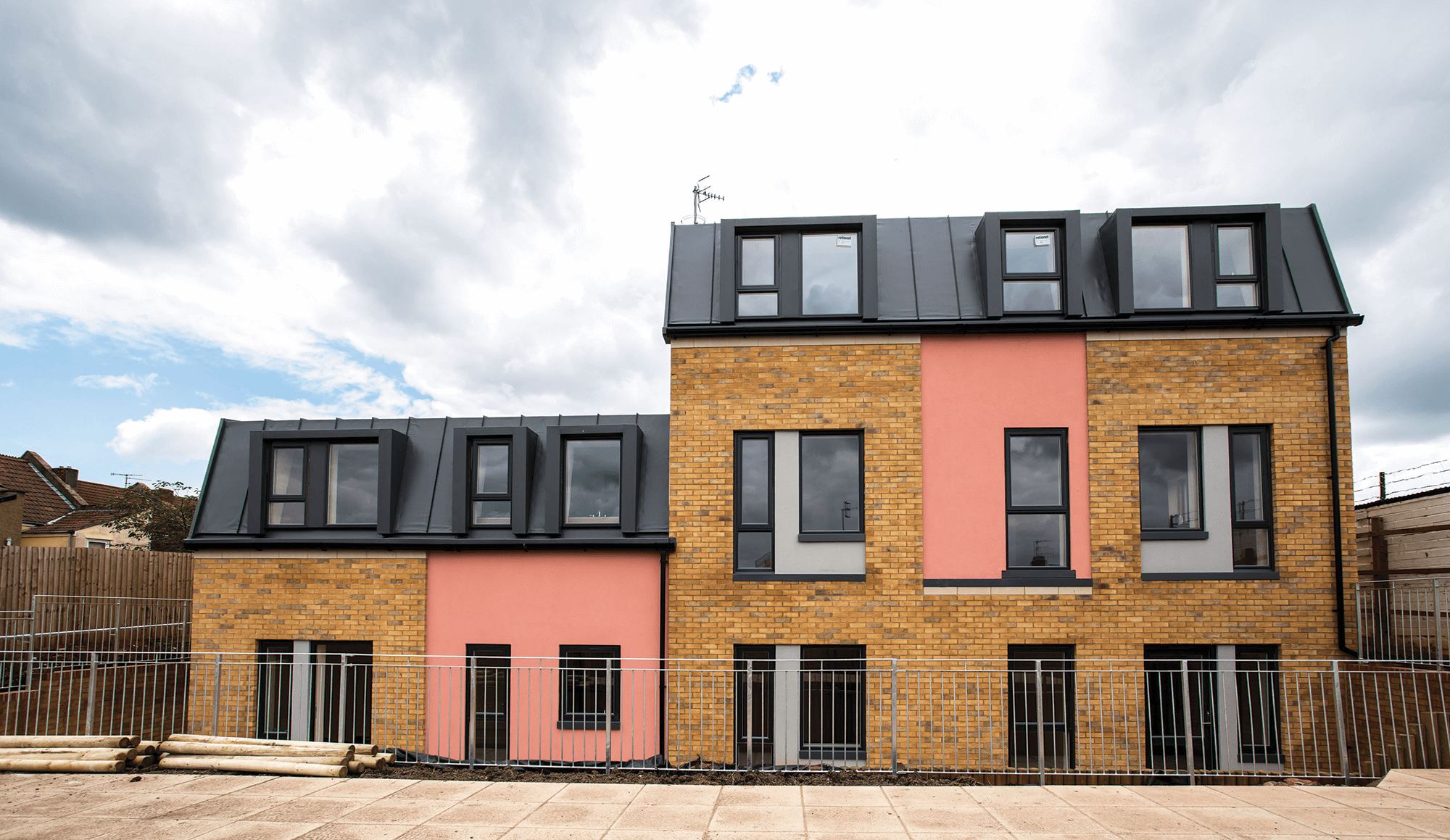
 Login/register to save Article for later
Login/register to save Article for later




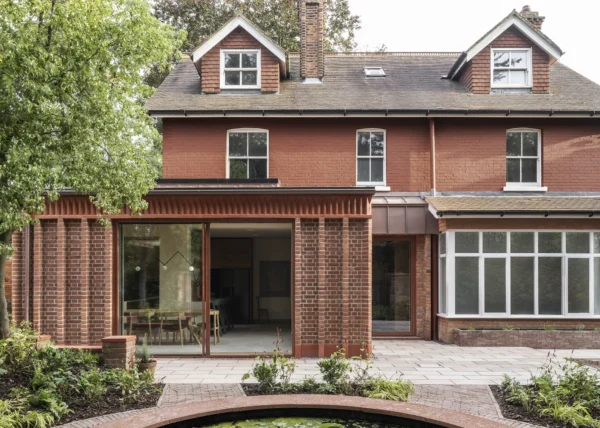

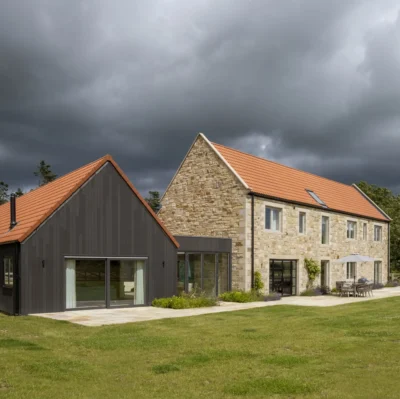
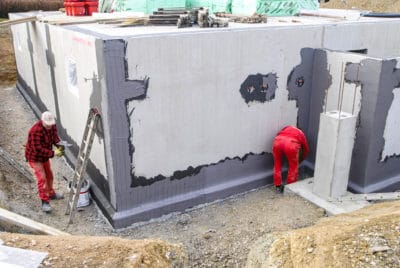
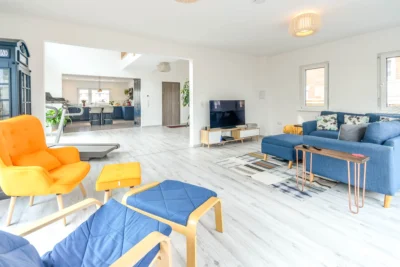





Why does a self build only development need to include a percentage of affordable homes within the same development.
This is not simply a rant and I am not against affordable homes but why does planning law/practice need to insist that all development in excess of 10 houses must have a percentage of affordable homes on the same site.
I appreciate that a self build family home does not fall within the arbitrary and flexible financial description of affordable homes BUT how much more affordable is a home that a family puts in huge hours of work, worry and love to build a home they could not otherwise afford.
Self build serviced plots developments are still an unusual occurrence in the planning process and such developments are still being lumped together with the national home builders sites, this is wrong.
In addition would your view on the above be different for a high house cost area or an area of low cost housing.
I welcome your thoughts both critical and perhaps even supportive.
Does a self build project
Does a self build project have to start with council owned land?
If you have space in a rural/agricultural area where a house could be erected forming a row with other dwellings, will this be considered for the self build scheme?